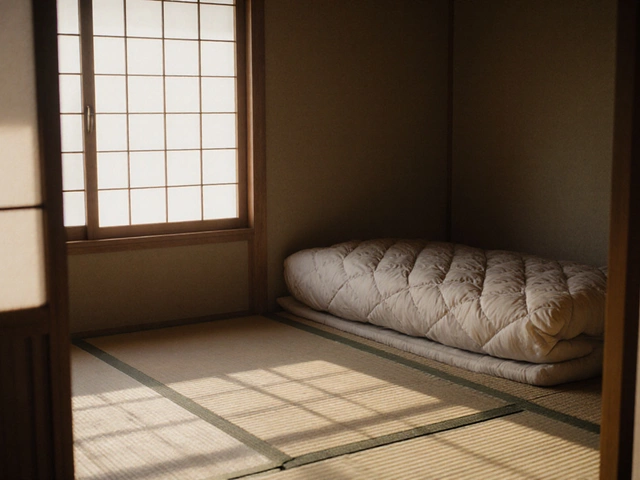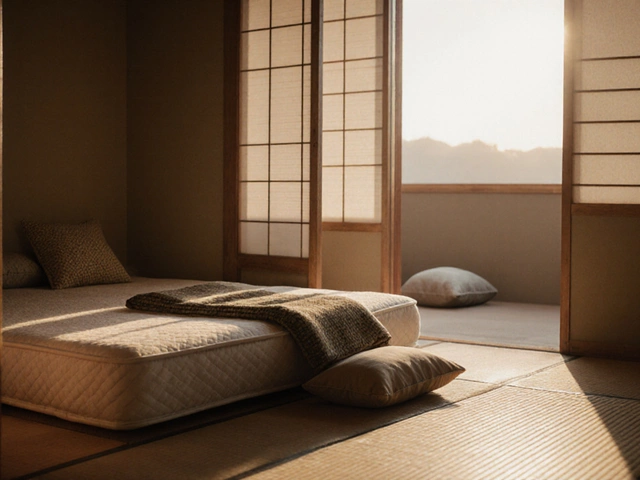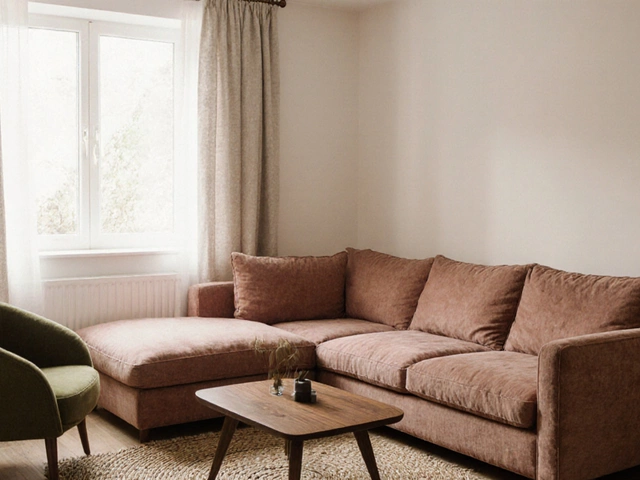Japanese Furniture: Simple, Stylish Pieces for Your Bedroom
Thinking about a fresh look for your bedroom? Japanese furniture offers clean lines, natural materials, and clever storage that fit well in any East Yorkshire home. You don’t need a full renovation – just a few key pieces can make the room feel lighter, more organized, and oddly calming.
One of the biggest draws is the low profile. Platform beds sit close to the floor, freeing up vertical space for tall wardrobes or artwork. The lower height also makes it easier to fit in rooms with low ceilings, which is common in older cottages. Pair a platform bed with a simple wooden headboard, and you have a base that feels both modern and timeless.
Key Elements of Japanese Bedroom Furniture
Here are the three staples you’ll see in most Japanese‑style bedrooms. Add one or all, depending on your space and budget.
1. Platform or low‑profile bed – A solid wood frame, often left unfinished or in a natural stain. The lack of a bulky headboard keeps the room open.
2. Sliding doors (shoji) – Instead of hinges, these doors glide on a track, reducing the footprint of a closet or wardrobe. They also let soft light filter through, giving the room a gentle glow.
3. Built‑in storage – Think floor‑level drawers, recessed shelves, or a tatami‑style platform that lifts to reveal hidden compartments. This solves the “where do I put my clothes?” problem without adding extra furniture.
All three pieces rely on natural wood—typically oak, pine, or walnut—which matches the timber used by many East Yorkshire carpenters. You can ask your local specialist to match the grain and finish, creating a seamless look between custom wardrobes and the Japanese elements.
How to Blend Japanese Pieces with Your Custom Bedroom
Mixing styles works best when you keep a common thread. Choose one Japanese piece as the focal point, then let your custom furniture echo its material or color. For example, a low platform bed in light oak pairs nicely with a custom wardrobe finished in the same shade.
Don’t over‑decorate. Japanese design values empty space (or “ma”) as much as the furniture itself. If you add a sliding shoji door, keep the surrounding walls plain and let natural light do the work. A single piece of art or a simple fabric cushion can add personality without clutter.
Practical tip: ask your carpenter to create a recessed nook for a floor‑level nightstand. This mimics the built‑in storage seen in Japanese rooms while staying true to your bedroom’s overall layout. The result is a clean look that feels custom‑made and culturally inspired.
Finally, think about the floor. Tatami mats are traditional, but a low‑pile rug in a neutral tone works just as well and is easier to maintain in a UK climate. The rug can define the sleeping area and add that tactile comfort Japanese homes cherish.
With these ideas, you can bring the calm, functional vibe of Japanese furniture into your East Yorkshire bedroom without a full overhaul. Start with one piece, match the wood, respect the space, and you’ll see a quick, satisfying transformation.
Japanese Sofa Bed Explained: Design, Benefits & Buying Guide
Discover what a Japanese sofa bed is, its design features, benefits, and how to choose the perfect one for small spaces. Get clear buying tips, styling ideas, and maintenance advice.







